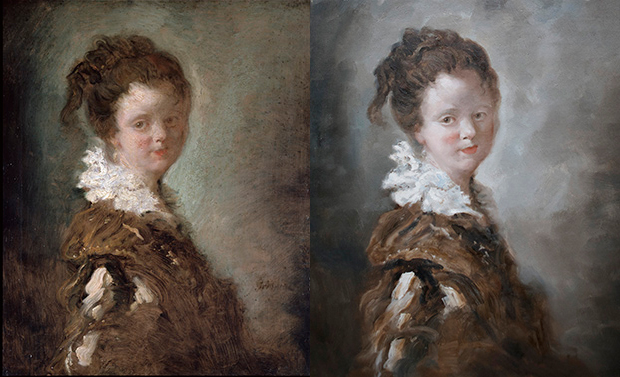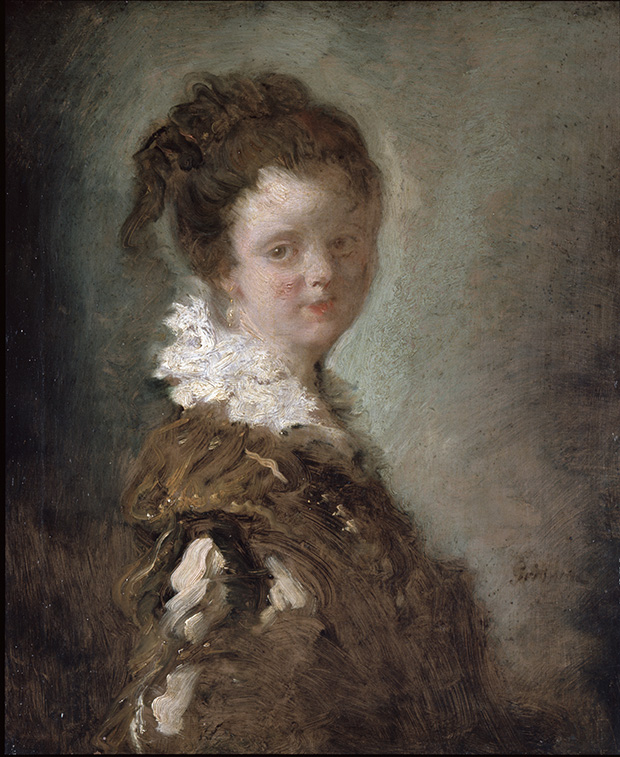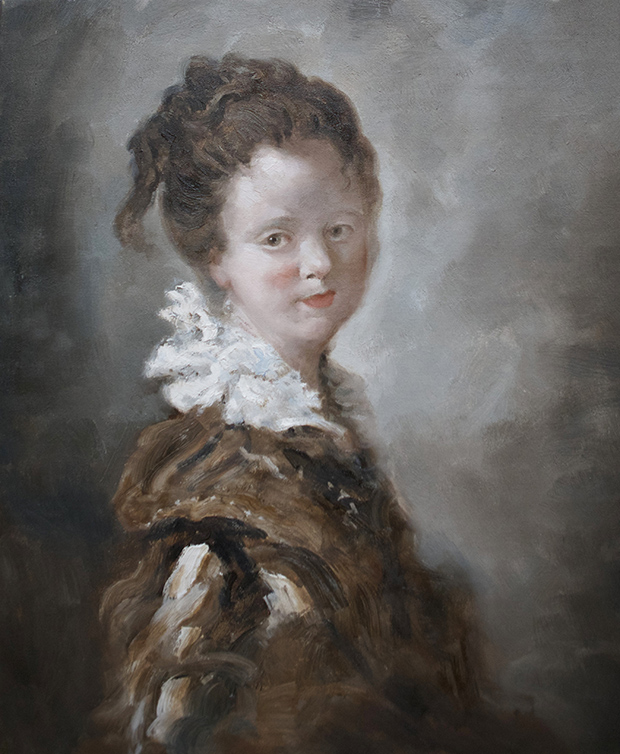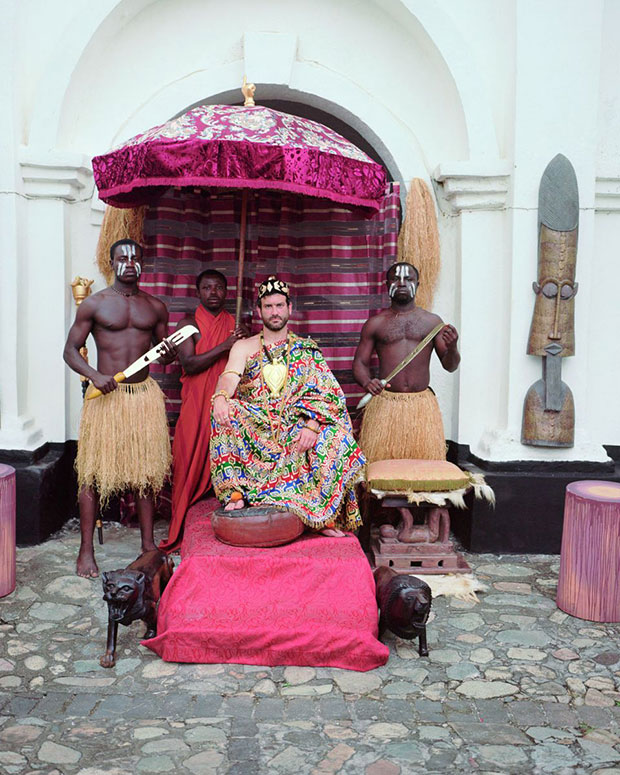
Well, can you spot which one is the fake?
Artist and curator Doug Fishbone asked people to spot the fake in his new show, only 12% got it right
Jean-Honoré Fragonard’s 1769 painting, Portrait of a Young Woman is a beautiful rococo work, worthy of display, over two hundred years after its creation. Yet the picture – or rather a Chinese-made copy of it – will be receiving an undue degree of attention today, after Doug Fishbone revealed it to be a fake hung in his exhibition of otherwise bona-fide fine art works, on display at London’s Dulwich Picture Gallery until 26 July.
With the exhibition Made in China: A Doug Fishbone Project set out to change the way London's gallery goers engage with venerable works of art by hanging a single replica of an antique work of art, manufactured by professional copyists in Dafen, Southern China. Fishbone asked gallery visitors if they could spot the one fake amongst the original art on show.
The American conceptual artist told Phaidon yesterday that he chose this piece partly because of the original’s brushwork. “It’s a very expressive style,” he explained, “it was something we hoped the copyist could work with.”

There were other art-historical niceities that made him pick the work too. “Fragonard was actually copying another artist, so we thought that would make for a good, art-historical footnote.”
Visitors to the show were encouraged to guess which piece from the show of 270 works in the gallery’s collection was the reproduction; twelve percent of those who offered a guess chose the Fragonard portrait as the replica.
“You put the two side-by-side and it isn’t an exact copy,” he went on, “but the reason people believe something is genuine is more to do with the setting, the beautiful gallery, the great lighting. What if you flipped it? Say you put a Mona Lisa in your local off-licence (liquor store)? You’d never be fooled into thinking that was real.”

But simply duping the public was never Fishbone’s intention. “It’s more a way of looking at things differently, a way of making a critique or study of art institutions,” the artist explained. “It’s nice to see how people are really digging into the paintings on their own terms. We believe what we’re shown is real. And in areas where we might not doubt that in an institution, those experiences can be manipulated.”
Fishbone isn’t sure whether other, more prominent institutions such as MoMA or The Tate would have been willing to stage such an exhibition. “Dulwich is perfect, largely because of the intimacy of the environment and the iconic works in the collection. I’m thrilled they went for it.”

To find out more about the show, go here. For greater insight into the artist chosen, consider our Baroque and Rococo book, and for more on art and sneaky reproductions consider our new book, The Art of Forgery. Its author Noah Charney will be speaking at the gallery about how master forgers have fooled the art world for centuries on 17 May at 2:30pm.